Fabrics
There is an impressive range of fabric choices available for use on awnings and canopies. These fabrics come in standard widths from 30” to 144” and weigh from six and a half ounces to 42 ounces per square yard. Every fabric has its own uses and limitations and all have advantages and disadvantages. Listed below are the categories of fabrics with a brief description of their uses.
Canvas
Actual canvas fabrics have been replaced by products made from woven acrylic, polyester or blends of acrylic polyester and cotton. They are still commonly referred to as canvas and there are many variations available. Canvas comes in a greater variety of patterns and colors than vinyl does. It is regarded as an upscale fabric and just like vinyl, has its advantages and disadvantages. Canvas is breathable, meaning that air can flow through the fabric, encouraging evaporation of rainwater and condensation which results in cooler temperatures under the awning. Canvas is certified to be water resistant rather than waterproof. The fact that it is breathable material does not mean that water flows through it, but in a heavy rain you may experience an occasional drip. The solution dying process is done while the acrylic is in a liquid state so that the color becomes an integral part of the fabric. Canvas is typically used for awnings, canopies, and cabanas. (Click logos below to view available fabric colors).
Fire Retardant Canvas
Fire resistance is an important factor in the commercial awning, canopy and shade market. A coating is applied to one side of the woven fabric resulting in a product that meets or exceeds standards for fire resistance, has excellent water repellency and excels in resistance to sunlight and UV rays.
Vinyl Fabric
There are many variations of vinyl fabric on the market, but the basic vinyl is a polyester fabric that is laminated on both sides with vinyl. The resulting product is a strong, waterproof fabric that has very good UV and mildew resistance as well as exceptional dimensional stability, tensile and tear resistance. Vinyl has fewer choices of color and patterns than canvas and does not have the breathability benefit that canvas offers, but it is more easily maintained, does not stretch and is water proof. There are varying grades of vinyl fabric, the difference being variations in the polyester base fabric as well as differences in the types and applications of the vinyl laminate. Vinyl is used for awnings, canopies, cabanas, carports, entry awnings, patios and outdoor rooms. Commercially it is a popular choice for outdoor dining areas and outdoor bars. Most vinyl fabrics are fire retardant and will accept graphics.
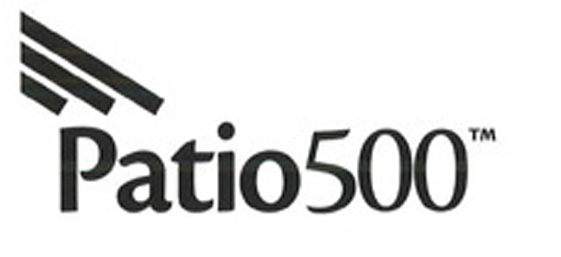 |
 |
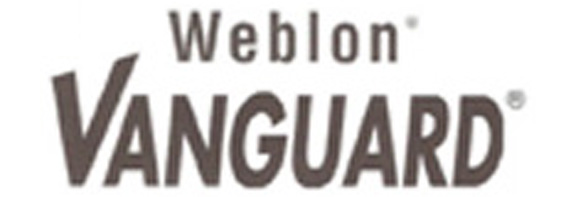 |
 |
Coated Fabric
Through the application of specialized coatings, fabric can be altered to change the look , feel and function of its use. Coated fabrics are available that increase the fabric’s resistance to flames, water, UV, mildew and wicking. Other coatings are used to adjust light transmittance, allow graphics acceptance and to make vinyl fabric appear to be canvas. Coating thicknesses increase the durability and resistance to tearing, discoloration or deformation of the product. Changes in texture and gloss or flat finishes are also achieved with coatings.
 |
.jpg)  .jpg) |
Hybrid Fabric
These fabrics are coated high-performance vinyls that have the look and feel of woven cloth. They provide a natural fabric design element while delivering the waterproof, weather tight and fire resistant characteristics of vinyl. Hybrids allow simplified maintenance, are easy to handle, highly durable and fire retardant making them the choice for retail, restaurant, hospitality, business and residential awning and canopy projects.
 |
 |
|
.jpg) |
 |
Mesh Fabric
Mesh fabrics are similar to screen and are used for umbrellas, sunshades, rolling solar screens, windscreens, awnings and canopies. The mesh provides shade and UV protection while allowing light, and air circulation into the protected area. The fabric is made of polyester and laminated with vinyl creating a see through fabric that has high performance standards. The fabric is abrasion resistant, anti-fungal, antimicrobial, anti- mildew and flame retardant while possessing high tensile and tear strength.
 |
 |
.jpg) |
Shadecloth Fabric
Shadecloth is a knitted high density polyethylene fabric with a high strength to weight ratio. The product is strong and stable, has high UV and fire performance ratings, is breathable and makes an ideal choice for residential or commercial shade projects. The fabric can be used for tension membrane structures, architectural shade sails or areas requiring large unsupported spans of shade.
 |
 |
.jpg) |
Backlit Fabric
A translucent fabric used mainly for signs and backlit awnings. Used mainly for advertising and branding, these fabrics bring logos, signs and pictures to life with backlighting. These fabrics come in a variety of colors, including neons and range from 13 to 20 oz. The glossy surface will accept graphics and the underside of many fabrics is white to enhance back illumination.
 |
Clear Vinyl
Clear vinyl comes in different thicknesses and degrees of hardness. It is used in the awning industry for its high light transmission and visibility qualities. The more pliable products are used in making roll down and horizontal sliding weather curtains. Thicker materials are used for windows or skylights in cabanas, tents and awnings. It is manufactured in sheets and available in clear and tinted finishes
|
|||||
Curtain Screen
Choose material for your roll down screens.
.jpg) |
 |
 |
 |
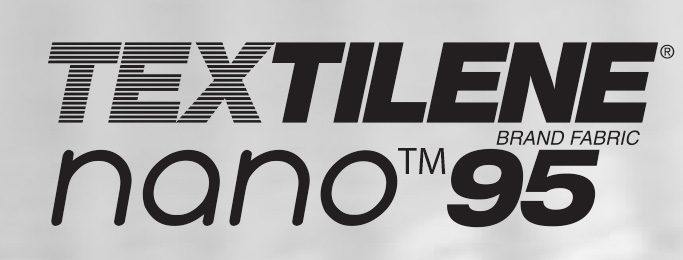 |
Insect Screen
Choose material for your roll down screens to protect from insects.
 |
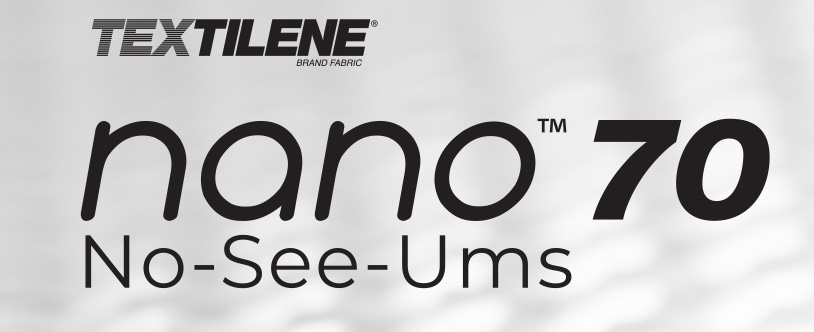 |
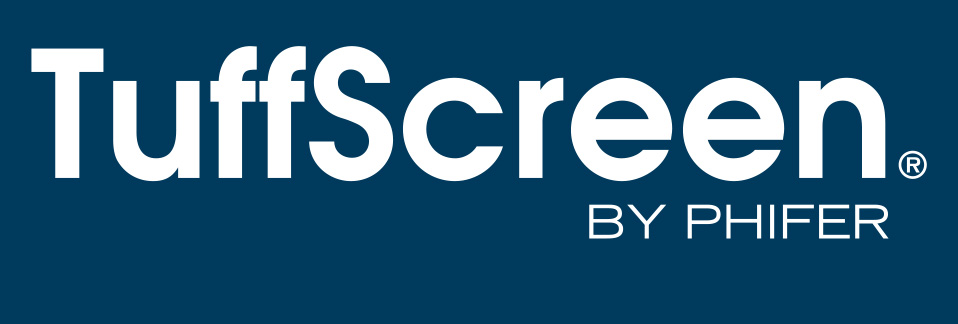 |
 |
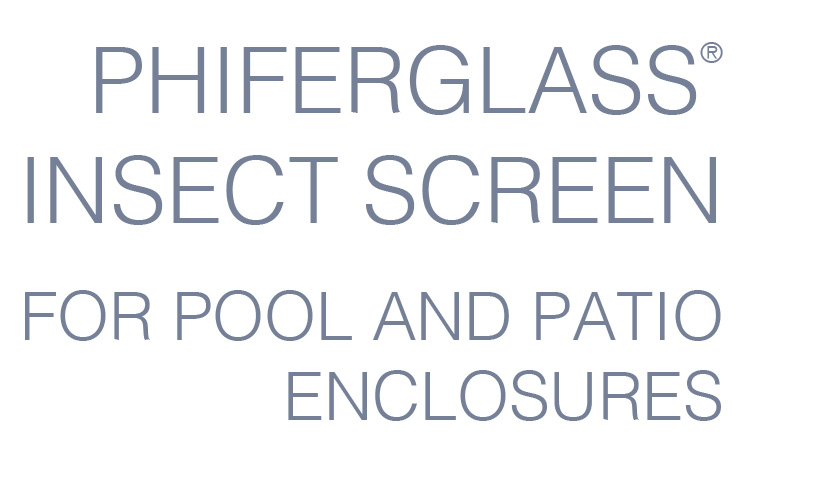 |
Choosing the best fabric for your project will depend on the purpose, size, location and function that you wish to achieve. Call one of our project estimators for guidance and more information on which fabrics are right for you.

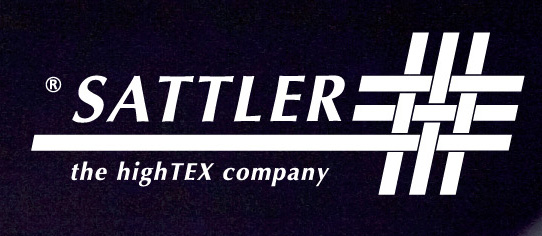


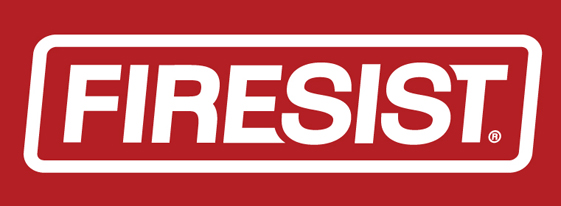
.jpg)
.jpg)
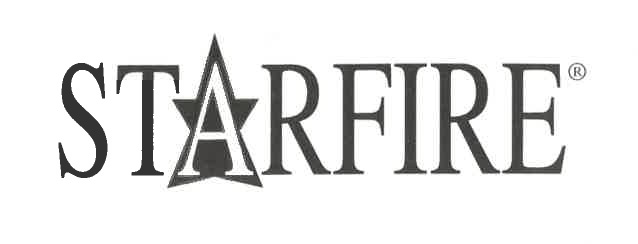
.jpg)

.jpg)
.jpg)
.jpg)
 View Background Photo
View Background Photo